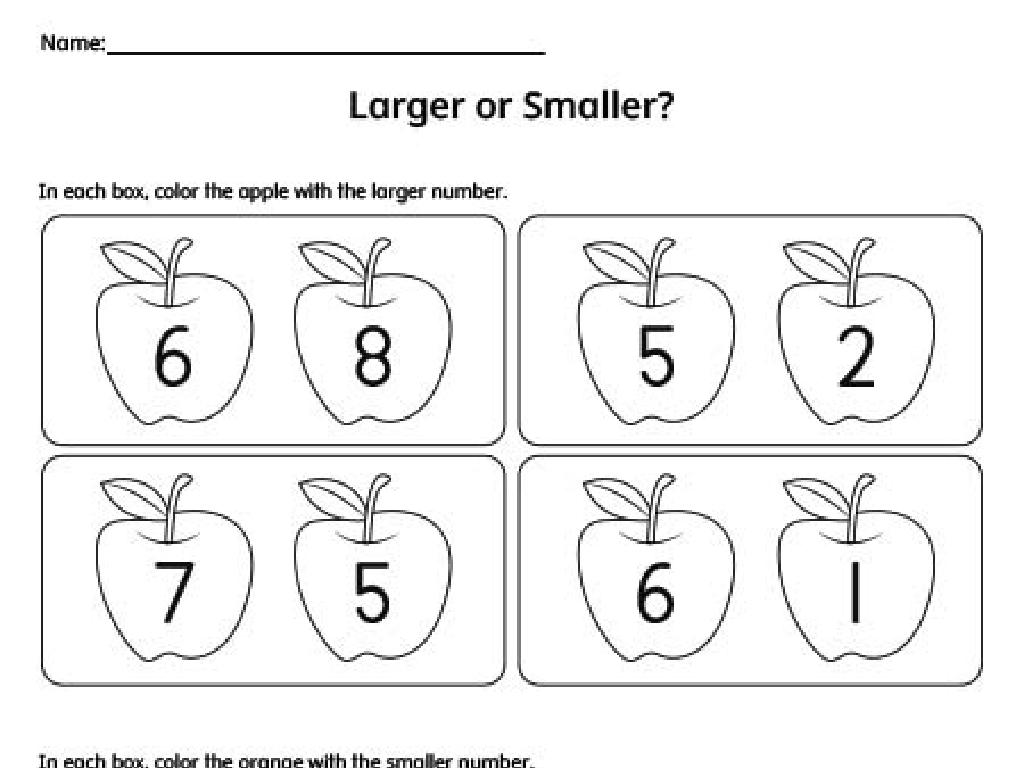Name Countries Of Asia: Region 6
Subject: Social studies
Grade: Seventh grade
Topic: Asia: Geography
Please LOG IN to download the presentation. Access is available to registered users only.
View More Content
Exploring Asia: Region 6
– Asia: Earth’s largest continent
– The concept of geographical regions
– Regions help categorize vast areas into manageable sections for study
– Focus on Asia’s Region 6
– Region 6 includes countries like Thailand, Vietnam, and Malaysia
– Key countries in Region 6
– Learn about the unique geography and culture of each country
|
This slide introduces students to Asia, the largest continent on Earth, and the concept of dividing large areas into regions for easier study. Region 6, which includes Southeast Asian countries such as Thailand, Vietnam, and Malaysia, will be the focus of today’s lesson. Students will explore the key countries in this region, learning about their distinct geography, cultures, and how they compare to other regions in Asia. Encourage students to think about what makes each country unique and how the concept of regions can help us understand the complex geography of a vast continent like Asia.
Exploring Asia: Focus on Region 6
– What defines Region 6?
– Locate Region 6 on a map
– Use a map to find Region 6, often defined by specific boundaries or characteristics
– Significance of regional divisions
– Understanding regions helps in studying geography, culture, and economics
– Characteristics unique to Region 6
– Discuss climate, culture, major countries, and landmarks in Region 6
|
This slide introduces students to Region 6 of Asia, which is a specific area within the continent that is categorized based on various factors such as geographical features, cultural similarities, or political boundaries. Start by explaining the concept of regional division and its importance in geography. Show Region 6 on a map and highlight its location. Discuss why regions are significant in understanding the world’s geography, as they help organize information and make it easier to study. Then, delve into the unique characteristics of Region 6, including its climate, culture, major countries, and notable landmarks. Encourage students to think about how this region differs from others in Asia and what makes it distinctive.
Exploring Asia’s Region 6
– List countries in Asia’s Region 6
– Countries include Thailand, Myanmar, Laos, Cambodia, Vietnam
– Share a fun fact per country
– Thailand: Home to the world’s largest gold Buddha, Myanmar: Known for the Bagan temples, Laos: Famous for the Plain of Jars, Cambodia: Angkor Wat, Vietnam: World’s largest cave Hang Son Doong
– Recognize Region 6’s diversity
– Region 6 showcases a mix of languages, religions, and histories
– Discuss cultural significance
– Understanding cultural heritage helps appreciate global diversity
|
This slide aims to introduce students to the countries of Asia’s Region 6, highlighting their unique attributes and the rich diversity within the region. Students should be encouraged to research and present a fun fact about each country, fostering engagement with the material. Emphasize the importance of recognizing the distinct languages, religions, and historical backgrounds that contribute to the region’s cultural tapestry. This activity will help students appreciate the complexities of global geography and the significance of cultural heritage.
Geography of Asia: Region 6
– Major mountains and rivers
– Explore the Himalayas and the Mekong River
– Climate and natural resources
– Monsoons, fertile lands, and diverse minerals
– Geography’s impact on life
– Settlements, agriculture, and trade routes
– Cultural and economic influence
– Traditions, livelihoods, and regional cooperation
|
This slide aims to provide students with an understanding of the physical geography of Asia’s Region 6, which includes the major mountains such as the Himalayas and significant rivers like the Mekong. Discuss how the climate, characterized by monsoons, and the availability of natural resources like fertile lands and minerals, shape the way people live, including their settlements, agriculture, and trade. Highlight how the geography has influenced cultural practices and economic activities in the region. Encourage students to think about how living near a major river or mountain range might affect their daily lives, traditions, and economic opportunities.
Cultural Highlights of Asia: Region 6
– Diverse languages in Region 6
– Region 6 includes languages such as Mandarin, Thai, and Malay.
– Traditional attire and celebrations
– Festivals like Chinese New Year, Diwali; clothing such as Kimonos, Sarongs.
– Region 6’s unique customs
– Tea ceremonies in Japan, Water Festival in Thailand.
– Significance of traditions
|
This slide aims to give students a glimpse into the rich cultural tapestry of Asia’s Region 6. Highlight the linguistic diversity, noting some of the most spoken languages. Discuss traditional clothing, such as the Kimono in Japan or the Sarong in Malaysia, and link these to cultural festivals like the Chinese New Year and Diwali, which are celebrated with great enthusiasm. Explain unique customs like the Japanese tea ceremony and the Water Festival in Thailand, emphasizing the importance of these traditions in maintaining cultural identity. Encourage students to research more about these cultural aspects and possibly share any personal experiences or family traditions related to Region 6.
Economic Overview of Asia: Region 6
– Major industries in Region 6
– Key sectors include manufacturing, technology, and services
– Agricultural practices
– Rice, tea, and rubber are commonly farmed
– Trade and economic challenges
– Issues like trade barriers and economic disparity
– Global economic contributions
– Region 6 is a significant player in international trade
|
This slide provides an economic snapshot of Asia’s Region 6, highlighting the major industries such as manufacturing, technology, and service industries that drive the region’s economy. Agriculture also plays a vital role, with rice, tea, and rubber being prominent crops. Students should understand the trade and economic challenges faced by the region, including trade barriers and economic disparity among countries. Emphasize the importance of Region 6 in the global economy, noting its significant contributions to international trade and market dynamics. Encourage students to think about how the economic activities in Region 6 might affect global prices and availability of goods.
Class Activity: Exploring Asia’s Region 6
– Form small research groups
– Each group gets a Region 6 country
– Create a country fact poster
– Include capital, language, culture, etc.
– Present your poster to the class
– Share interesting facts and learnings
|
This activity is designed to encourage collaborative learning and research skills. Divide the class into small groups, ensuring a mix of abilities in each. Assign each group a different country from Asia’s Region 6 to research. Provide resources such as access to the library, internet, and atlases. Each group will create a poster that includes key facts about their country, such as the capital city, official language, cultural practices, and interesting trivia. Encourage creativity in the presentation of their poster. Once completed, each group will present their findings to the class, allowing students to teach and learn from each other. This activity will help students better understand the diversity within Asia’s Region 6 and practice their presentation skills.
Reflecting on Asia’s Region 6
– Recap of Region 6 countries
– Key learnings about Region 6
– Geography, culture, and diversity of the region
– Share personal reflections
– Think about the activity and what stood out to you
– Discuss interesting insights
– What facts or features caught your attention?
|
This slide aims to wrap up the lesson by revisiting the main points discussed about Asia’s Region 6. Encourage students to reflect on the diversity and cultural aspects of the countries within this region. Ask them to share their thoughts on the activities they engaged in during the lesson and what they found most interesting or surprising. This reflection helps to reinforce their learning and allows them to appreciate the unique characteristics of each country. It also provides an opportunity for the teacher to assess the students’ understanding and engagement with the topic.






